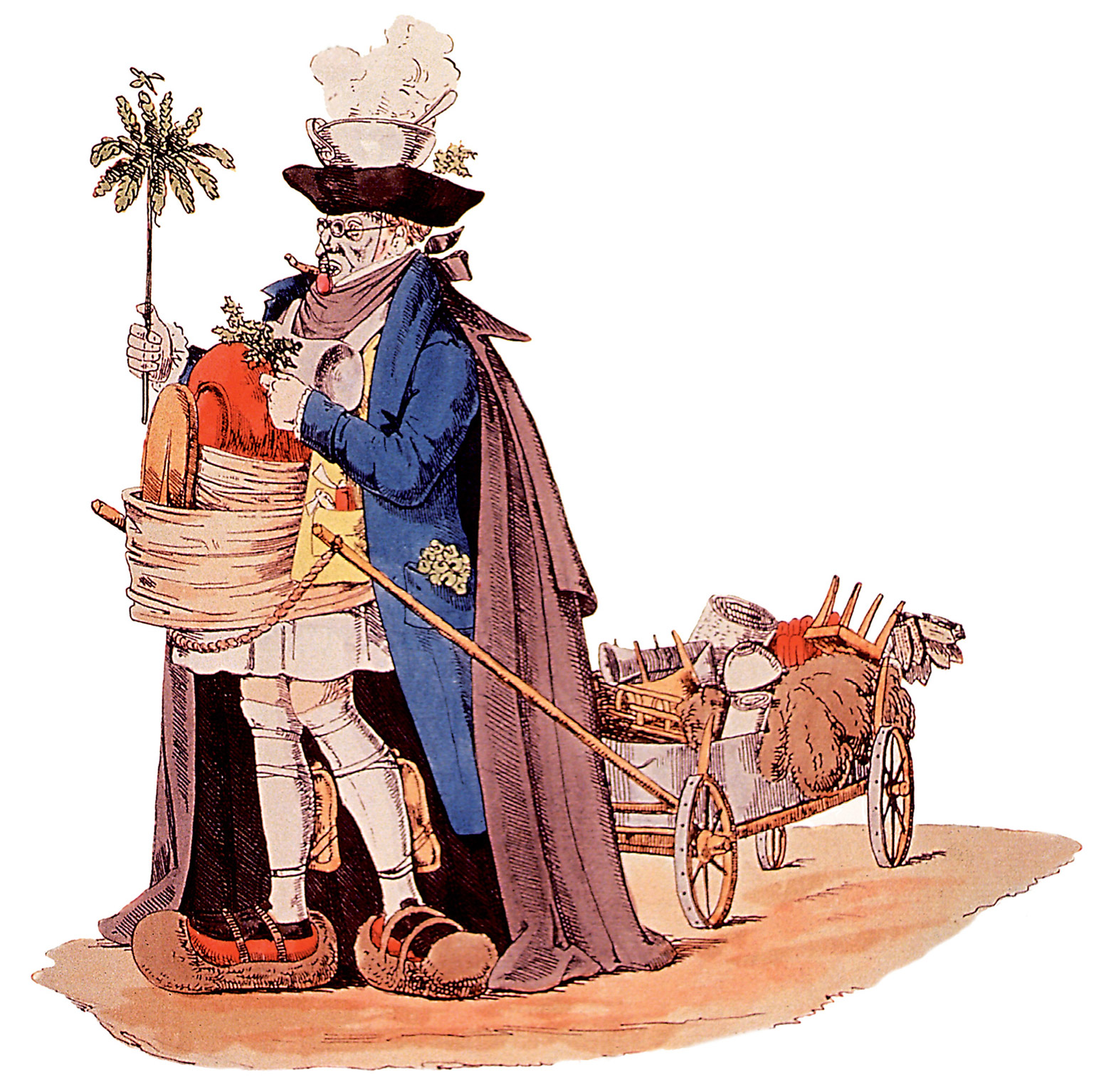Ingestion / The X Factor
Professor Pettenkofer’s miasmatic gamble
D. Graham Burnett
“Ingestion” is a column that explores food within a framework informed by aesthetics, history, and philosophy.
The second half of the nineteenth century saw the heroic rise of modern bacteriology, a new science that promised to save humanity from the age-old curse of epidemic disease. Generations of debate about the causes of fatal plagues (were they the product of divine spite? infelicitous astrological conjunctions? fetid emanations from the center of the earth?) fell by the wayside as the original “microbe hunters,” Louis Pasteur and Robert Koch, leveled their microscopes at the true culprits: tiny one-celled organisms called germs. Successful in tying specific microorganisms to specific maladies, Pasteur and Koch laid the groundwork for the biomedical study of infectious disease and thereby took up places of honor in the pantheon of scientist-gods.

In the winter of 1901, one of the last hold-outs against this world-view, the aged and leonine Bavarian chemist-apothecary Max Josef von Pettenkofer, pressed a small revolver to his temple and ended a distinguished career. Born in 1818 in the Danubian marshes as the fifth of eight children to a modest customs officer and his wife of peasant stock, Pettenkofer acceded by his native brilliance and fanatical hard work to the highest ranks of the European scientific professoriate, publishing widely on organic and inorganic chemistry, materia medica, and public health. Mercurial and romantic, he drifted in and out of favor at the court of Ludwig I, avidly pursued his lovely cousin Helen, dabbled in art restoration, penned a volume of peculiar sonnets, and found time to moonlight in the demimonde of the Augsburg theater under an assumed name.
It was this last activity that stood him in good stead in later life, as he made a memorably melodramatic last stand against the triumphant microbial theories of Pasteur and Koch. Pettenkofer bridled at what he took to be their overly simplistic notion that germs alone caused sickness. What about when they did not? While he is mostly now remembered as a quixotic defender of miasmatism (the idea that diseases arise from swampy emanations, from “bad air”—the original meaning of malaria), Pettenkofer in fact adopted a more sophisticated and interesting position on the problem, particularly as evidence mounted that microorganisms of some sort did appear to be involved in many disease processes. As the text below explains, Pettenkofer ultimately settled on a multifactor analysis: disease happened when an x factor (the germ) intersected with a y factor (some miasmatic condition of the region) and a z factor (some susceptibility on the part of the individual). Looked at charitably, this can be understood as a strikingly forward-looking insistence on environmental, hygienic, nutritional, and immunological conditions. Looked at uncharitably, he wound up on the wrong side of history.
Not that he didn’t try to alter the course of that history. In 1892, to confound his adversaries, he notoriously drank, under elaborate experimental conditions, enough pure cholera bacteria (known asthe “comma bacillus” or “comma vibrio” at the time, for its shape) to kill a village. And he lived. His point? Germs alone do not cause disease. The whole episode represents an unlikely intersection of the modern laboratory and the medieval trial by ordeal.
The text below is a report of Pettenkofer’s self-experiment as published in the British Medical Journal of 19 November 1892.
• • •
We are indebted to the courtesy of Dr. B. Spatz, editor of the Münchener medicinische Wochenschrift, for advance proofs of an address on Cholera with Reference to the Last Epidemic at Hamburg, delivered by the veteran hygienist and epidemiologist Professor Max von Pettenkofer, on November 12th, before the Munich Medical Society.
The simplicity of Koch’s theory commended it to those who only looked at the individual patient, and not at the course of a long series of epidemics. Places as well as persons often enjoyed immunity, and places which suffered at one time remained free at another, even when two of the factors x and z were present. The determination of y was not so easy as that of the others, and the speaker could only say that the nature and degree of moisture of the soil had an important influence. The constant occurrence of the comma bacillus in the excreta of cholera patients indicated that the microbe had something to do with the process, but it was still open to question whether it alone was the cause of the disease.
D. Graham Burnett is an editor of Cabinet and teaches history of science at Princeton University. He is the author of several books, including Descartes and the Hyperbolic Quest (American Philosophical Society, 2005). His study of the trial of the nineteenth-century American mapmaker Robert F. Pinkney, “Hydrographic Discipline Among the Navigators,” has just been published in The Imperial Map, edited by James Akerman (University of Chicago Press, 2009).
Spotted an error? Email us at corrections at cabinetmagazine dot org.
If you’ve enjoyed the free articles that we offer on our site, please consider subscribing to our nonprofit magazine. You get twelve online issues and unlimited access to all our archives.